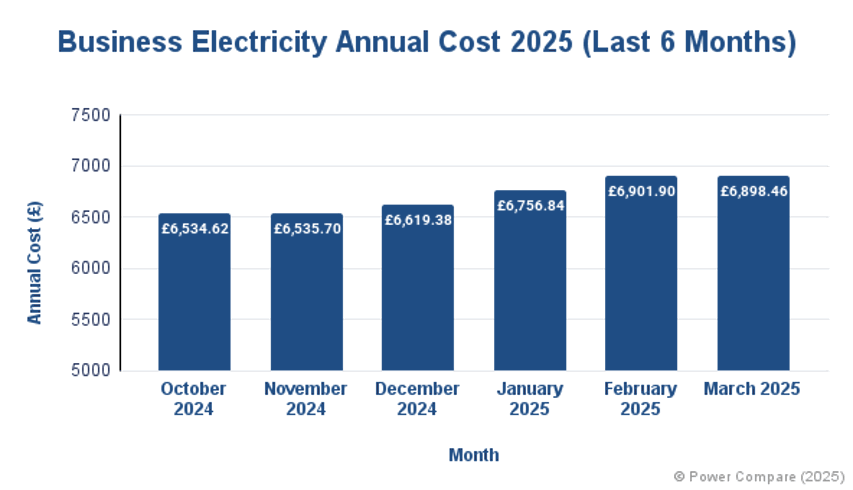



Energy tariffs directly impact the operating costs and profitability of real estate assets.
Whether you manage residential flats, commercial units, or large investment portfolios, understanding national energy tariffs is crucial for securing competitive utility contracts, controlling service charges, and maximizing tenant satisfaction.
This guide provides a complete overview of national energy tariffs in the UK, the types available, and strategic advice on choosing the best tariff for your properties.
National energy tariffs refer to the structured rates that energy suppliers charge for electricity and gas supply across the UK.
Suppliers set these tariffs based on:
Wholesale energy market prices
Government levies (e.g., green taxes)
Infrastructure costs
Operational overheads
Ofgem, the UK’s energy regulator, oversees tariff transparency and enforces the Energy Price Cap on standard variable rates to protect consumers.
In a deregulated market like the UK, consumers — including landlords and businesses — can choose their supplier and tariff plan freely, enabling competition and better service offerings.
Features:
Unit rates (pence per kWh) and standing charges remain unchanged for a set term (typically 12–24 months).
Protection against wholesale market price rises.
Ideal For:
Landlords budgeting operational costs across multi-unit portfolios.
Investors needing cost stability for service charge forecasting.
Important Considerations:
Early exit fees may apply if you switch suppliers before the term ends.
Features:
Prices can rise or fall depending on wholesale energy market movements.
Typically no fixed-term contract, offering greater flexibility.
Ideal For:
Property owners willing to risk price fluctuations for the ability to switch suppliers easily.
Important Considerations:
Bills may spike during periods of high demand (e.g., winter).
Features:
Bundles both electricity and gas under a single contract.
Often includes discounts or simplified billing.
Ideal For:
Managing mixed-use or residential properties where tenants require both utilities.
Simplifying portfolio billing.
Features:
Offer cheaper electricity during night-time hours (Economy 7) or split across night and day (Economy 10).
Requires special meters.
Ideal For:
Properties with storage heaters or high overnight energy use.
Important Considerations:
Daytime rates are significantly higher; careful tenant communication is critical.
Features:
Electricity sourced from renewable energy (wind, solar, hydro).
Gas may be partially offset by carbon credits or renewable biomethane.
Ideal For:
Eco-conscious developments appealing to sustainability-minded tenants.
Important Considerations:
May have slightly higher rates, though competitive green tariffs are increasingly available.
| Tariff Type | Electricity (p/kWh) | Gas (p/kWh) | Standing Charge (Electricity) | Standing Charge (Gas) |
|---|---|---|---|---|
| Fixed-Rate Tariff | 29.5p | 7.5p | 55p/day | 30p/day |
| Variable-Rate Tariff | 30.8p | 8.2p | 57p/day | 32p/day |
| Green Energy Tariff | 28.8p | 7.4p | 56p/day | 31p/day |
(Rates vary based on location, property type, and supplier.)
| Factor | Why It Matters |
|---|---|
| Contract Flexibility | Important for properties undergoing changes (e.g., tenant turnover). |
| Rate Stability | Essential for predictable service charge budgeting. |
| Green Credentials | Increasingly valued by tenants and investors. |
| Customer Service Ratings | Affects speed and efficiency of issue resolution. |
| Portfolio Billing Options | Useful for landlords with multiple properties. |
Fraser Bond provides strategic utility management solutions, ensuring property owners:
Select the Right Energy Tariff: Matching your investment goals, property type, and tenant expectations.
Negotiate Better Terms: Securing competitive rates and minimizing hidden fees.
Manage Utility Transitions: Seamlessly handling supplier changes during tenant turnover.
Enhance Sustainability Credentials: Advising on green energy options for market advantage.
Our approach ensures operational efficiency, tenant satisfaction, and stronger financial performance across your property portfolio.
Understanding and selecting the right national energy tariff is essential for property owners seeking to optimize operating costs and deliver better service experiences.
Fixed, variable, dual fuel, and green tariffs each offer distinct advantages depending on the property’s specific needs.
Fraser Bond’s expert guidance ensures that your properties remain competitively managed, energy-efficient, and financially resilient in a dynamic UK market.